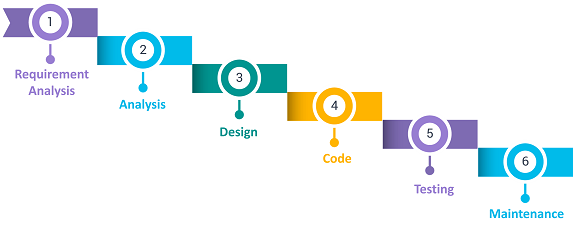Selenium Course
- 65k Enrolled Learners
- Weekend/Weekday
- Live Class
Machines completely dominate today’s world of technology, and their behavior is controlled by the software powering it. Software testing provides the solution to all our worries about machines behaving the exact way we want them to. This article will provide in-depth knowledge about the different Software Testing Models in the following sequence:
Software testing models are structured methodologies used to plan, organize, and execute testing processes throughout the software development lifecycle. Different models or approaches can be used in the software development process, each with its own advantages and disadvantages. So, you must choose a particular model depending on the project’s deliverables and complexity.
There are several types of software testing models, each designed to ensure the quality and functionality of a product. The most commonly used models include:
This is the most basic software development life cycle process, which is broadly followed in the industry. In this model, developers follow a sequence of processes downwards towards the ultimate goal. It is like a waterfall, with various phases involved.

Advantages
The V Model is considered superior to the waterfall model. In this model, the development and test execution activities are carried out side by side in the downhill and uphill shape. Also, testing starts at the unit level and spreads towards the integration of the entire system.

Advantages
In the Agile model, requirements and solutions evolve through collaboration between various cross-functional teams. It is also known as an iterative and incremental model. The agile software testing model focuses on process adaptability and customer satisfaction by rapidly delivering a working software product and breaking the product into small incremental builds.

Advantages
This software testing model is similar to the Agile model, but with more emphasis on risk analysis. The different phases of the spiral model include planning, risk analysis, engineering, and evaluation. In this case, you need to gather the requirements and perform the risk assessment at the base level and every upper spiral builds on it.

Advantages
The Iterative model does not need a full list of requirements before beginning the project. The development process starts with the requirements of the functional part, which can be expanded later. The process is repetitive and allows new versions of the product for every cycle. Every iteration includes the development of a separate component of the system which is added to the functional developed earlier.
Advantages
Disadvantages
These are the different software testing models involved in the software development life cycle. I hope you understood how each of these models is used in software testing.
Now, you can check out the Software Testing Fundamentals Course by Edureka. This course is designed to introduce you to the complete software testing life-cycle. You will be learning different levels of testing, test environment setup, test case design technique, test data creation, test execution, bug reporting, CI/CD pipeline in DevOps, and other essential concepts of software testing.
Got a question for us? Please mention it in the comments section of “Software Testing Models” and we will get back to you.
 Thank you for registering Join Edureka Meetup community for 100+ Free Webinars each month JOIN MEETUP GROUP
Thank you for registering Join Edureka Meetup community for 100+ Free Webinars each month JOIN MEETUP GROUPedureka.co